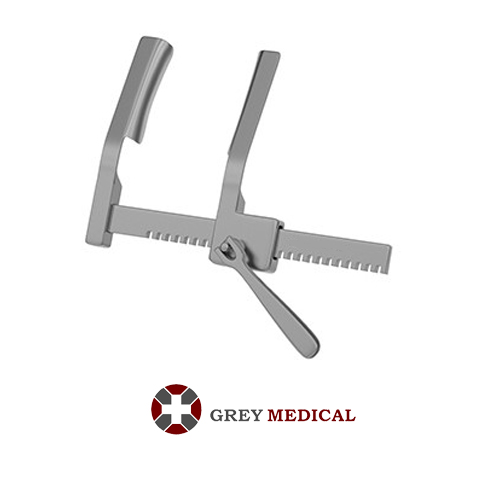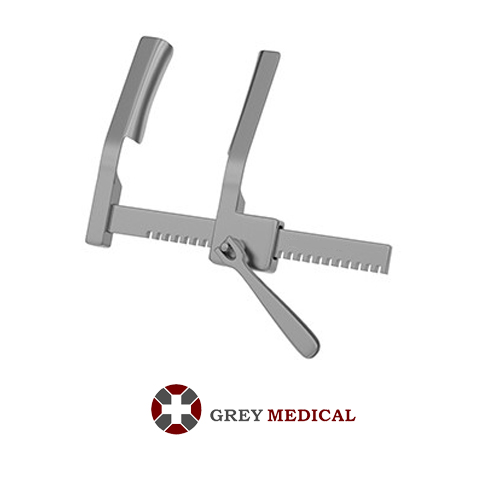Introduction
Thoracic surgeries, particularly those involving the heart and lungs, demand precision and clarity. To achieve this, surgeons rely on tools like the chest retractor to provide access to the chest cavity. The role of chest retractors in improving surgical outcomes is significant, as they enhance visibility, minimize tissue trauma, and create space for life-saving procedures.
The Role of Chest Retractors in Surgery
Chest retractors are designed to hold the sternum or ribs apart, providing surgeons with the access they need to perform procedures in the thoracic cavity. By gently spreading the ribs, these retractors offer a clear view of internal structures, allowing for careful manipulation of the heart, lungs, and blood vessels.
Surgeries like open-heart surgery, lung resections, and even trauma interventions rely heavily on the chest retractor. Without this tool, the intricacies of thoracic procedures would be nearly impossible to navigate.
Benefits of Using Chest Retractors in Surgery
- Enhanced Visualization: One of the primary advantages of a chest retractor is the improved visibility it offers. By holding the ribs apart, it gives the surgeon an unobstructed view of the organs inside the chest, allowing for more precise and accurate procedures.
- Improved Access: Certain areas of the chest cavity, particularly around the heart and lungs, can be difficult to reach. Chest retractors help provide the necessary space for the surgeon to maneuver instruments and perform delicate operations.
- Reduced Tissue Trauma: Modern chest retractors are designed to minimize trauma to surrounding tissues and muscles. They use smooth, gentle pressure to keep the ribs spread apart without causing unnecessary damage.
Types of Chest Retractors
Chest retractors come in different designs, depending on the procedure and the amount of exposure needed. Some common types include:
- Finochietto Chest Retractor: A widely used retractor in thoracic surgeries. Its adjustable design allows it to spread the ribs gradually, minimizing damage.
- Burford Retractor: A larger and heavier version of the Finochietto, this tool is useful for more extensive surgeries.
- Tuffier Rib Spreader: Often used in trauma settings, this retractor offers quick access to the chest in emergency surgeries.
Each type is suited to specific surgical needs and offers various levels of retraction depending on the procedure.
The Impact of Chest Retractors on Patient Recovery
A successful thoracic surgery depends on more than just the skill of the surgeon; it also depends on the quality of the instruments used. Chest retractors play a critical role in ensuring minimal tissue damage during surgery. This, in turn, leads to:
- Faster Healing: By reducing the trauma to muscles and tissues around the ribs, chest retractors help promote faster healing after surgery.
- Reduced Risk of Complications: Fewer injuries to surrounding tissues mean a lower risk of post-operative complications, such as infections or long-term pain.
- Improved Surgical Precision: With a clear view of the chest cavity, surgeons are able to perform more precise operations, leading to better overall outcomes for patients.
Conclusion
The chest retractor is an invaluable instrument in thoracic surgery. It offers surgeons the visibility and access they need to perform complex, life-saving procedures while minimizing trauma to the patient. By enhancing surgical precision and reducing recovery time, chest retractors have become a crucial component in modern thoracic surgeries.





Comments